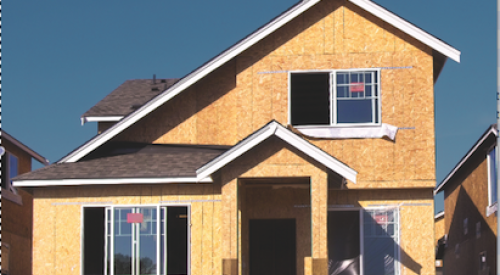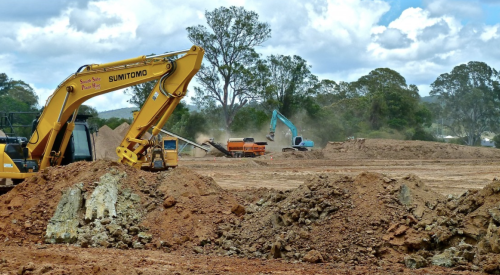|
||||||||||||||||||||||||||||||
It is a sad state of affairs when legislation is required to resurrect basic civility and common sense. But that is what is now in the offing, and builders stand to benefit.
The tendency to litigate against builders, developers and trade contractors for even minor repairs has risen to such a level that state legislatures have been taking action. New laws, known by various names - "right to repair," "right to cure" and "notice and opportunity to repair" - were enacted last year in California, Washington and Arizona. This year, nearly identical bills were enacted in Colorado, Florida, Idaho, Indiana, Kansas, Kentucky, Montana and West Virginia, says Clayton Traylor, senior staff vice president with the NAHB.
The hope, says Traylor, is that the legislation will reduce the number of construction defect cases that have resulted in higher insurance rates and risk, particularly for builders of attached or condominium projects where a defect in one unit can result in an action by the entire homeowner's association.
"Until we change the environment in which builders and insurance carriers are operating," Traylor says, "we are not likely to see much change in the availability or price of insurance for builders."
This is particularly true in California where, for years, very little attached housing was built as a result of legal peril. But that changed on Jan. 1 when its version of the law, SB 800 took effect.
"Builders are now planning attached projects once again," says Mick Pattinson, past president of the California Building Industry Association and CEO of Barratt American in Carlsbad, Calif. "What we went through in the late '90s was that builders would not even invest in mapping and planning attached communities whereas now they are. So as SB 800 takes hold, the condo will return to California."
Staying on the Timeline
Similar to right-to-repair laws in other states, California's new law prescribes a set period of time for dealing with an aggrieved homeowner and fixing a problem to their satisfaction before legal action can be taken. The total time elapsed from the time a homeowner notifies the builder of a defect and the deadline for completion of repairs is 300 days. Along the way there are various deadlines for inspections and assessments and commencement of work that must be met. If the builder misses one of those dates, the homeowner can then go to court.
The following are highlights of the California law as set forth by Bill Peters and Sandy Kaplan, partners with the San Francisco-based law firm of Gordon & Rees who represent a number of builders, designers and contractors in the residential development industry.
|
There are many other aspects and permutations to the California law. For a complete list of the Gordon & Rees highlights of the law, you can go to www.HousingZone.com/repairlaw.












